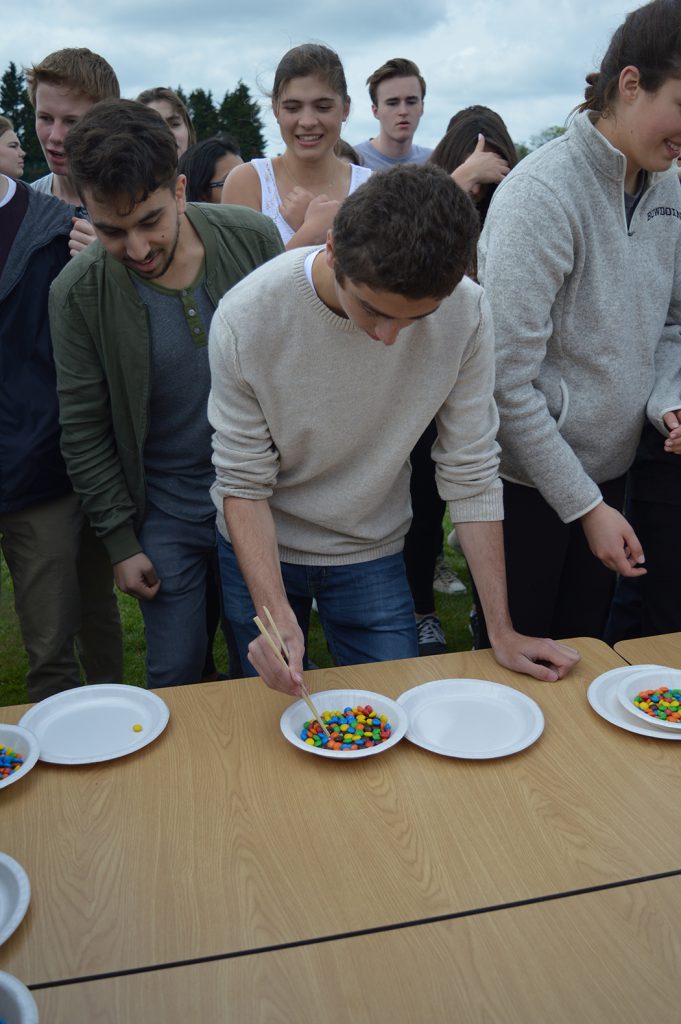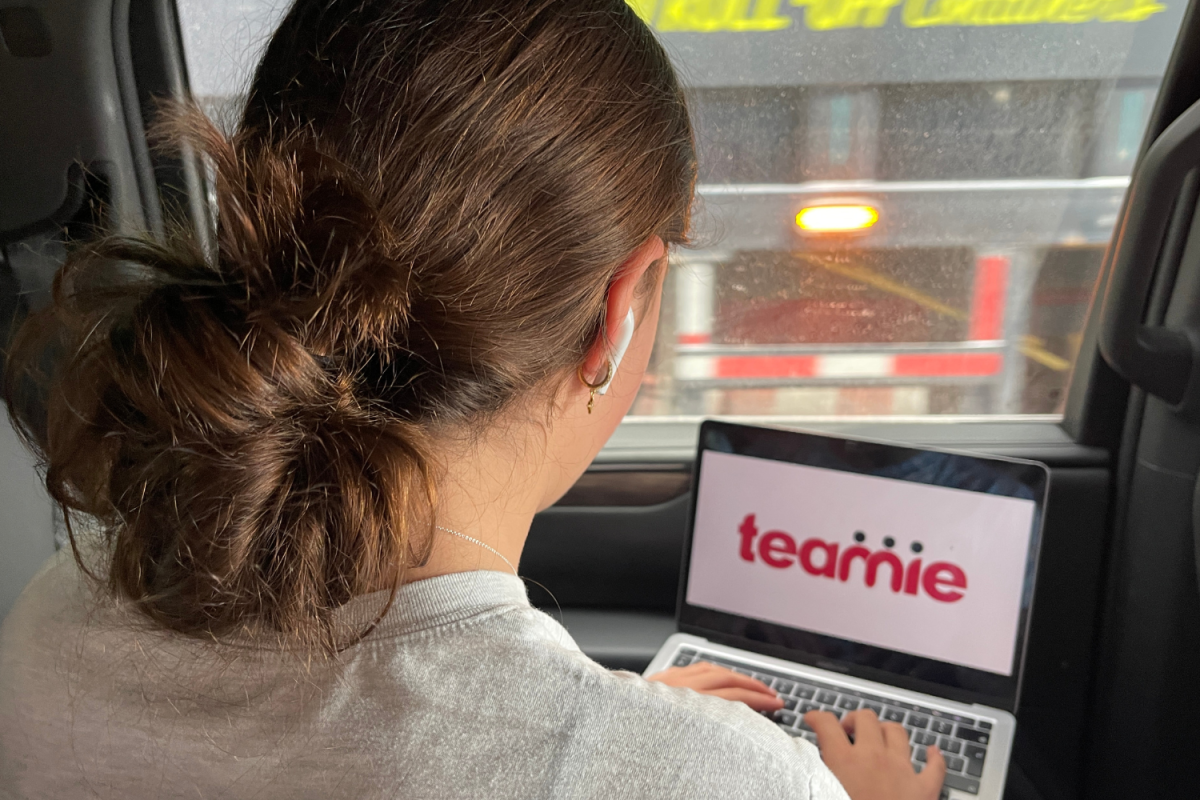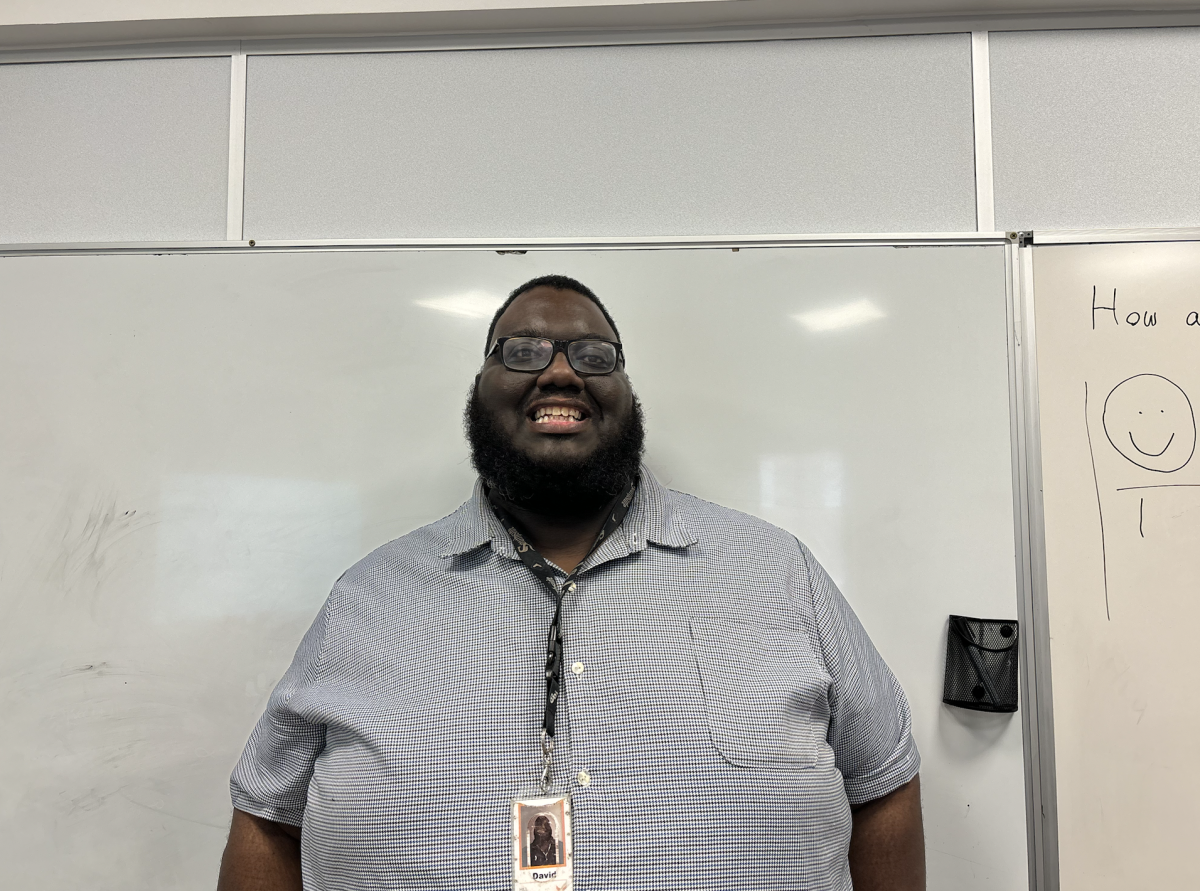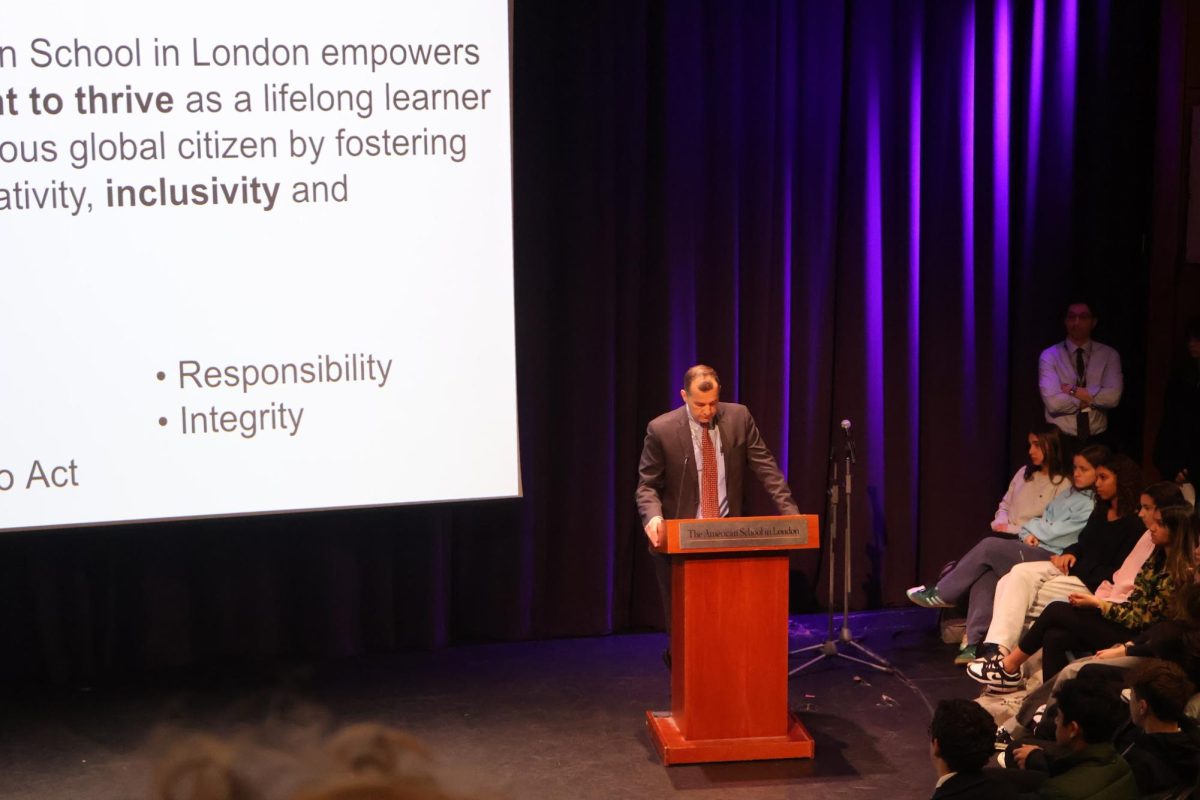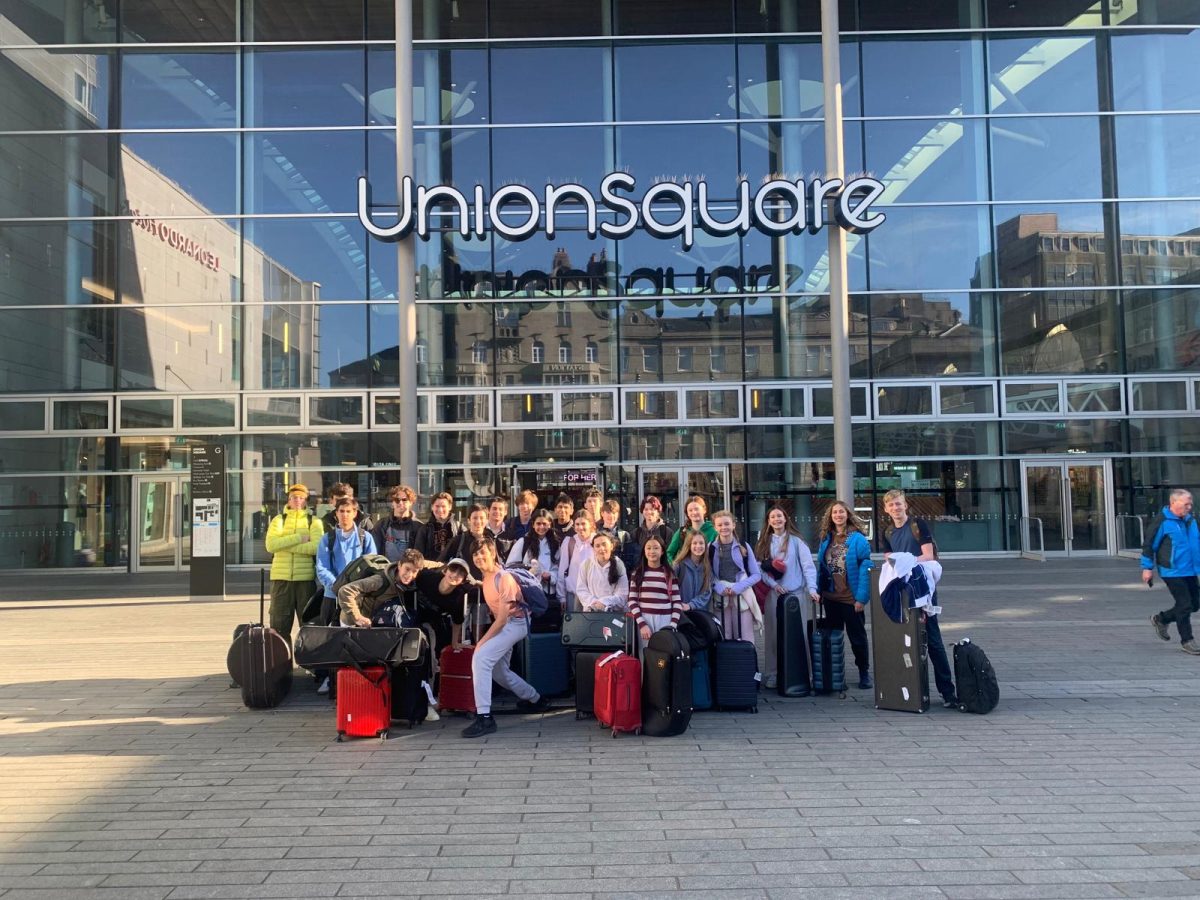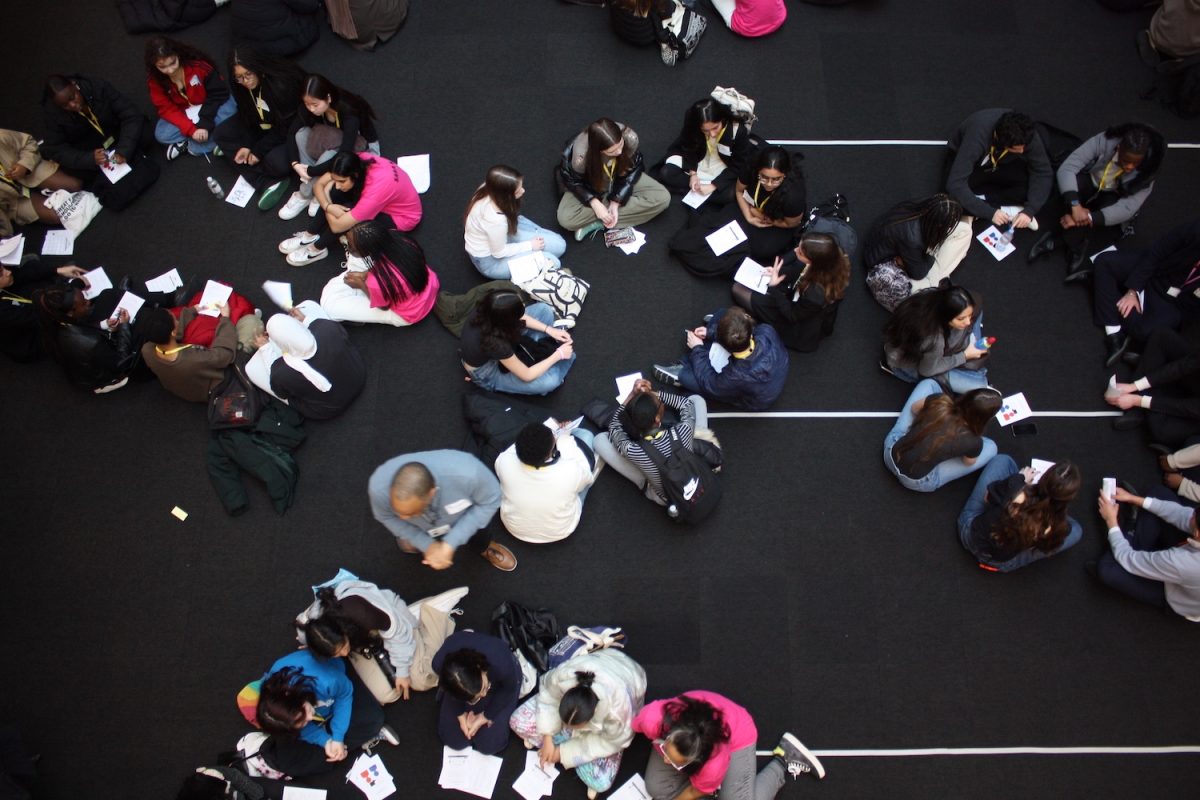The beginning of the 2015-2016 school year brought an advisory program to the High School. The program was founded in order to increase support for students through having an advisor build a more personal relationship with their advisees.
Director of Student Life James Perry believes that teachers, deans, coaches and administrators all help foster students’ growth. However, it’s hard for all the faculty to know each and every student personally. “[Advisory] is just another tool for us to make sure that every kid is really known and supported throughout the school,” he said. Perry believes the 10:1 ratio helps accomplish that.
Following the first year of the advisory program, Perry believes it has been effective, although he has some reservations about the program. Perry and Grade 11 Dean Jennifer Craig viewed the statistics and feedback from a recent survey of students and teachers about advisory goals for the upcoming school year, and think the school is in a better place than in the past years. “Kids seem happy and supported and things seem to [be] going well. I’m no fool, I don’t think that’s necessarily attributed to the advisory program at this point, but I hope in the next few years the program will have more of a role in helping that,” Perry said.
Based on the data taken from the survey, Craig is encouraged by the indicators that show advisory has been beneficial this year. “All the reports are up, attendance is actually up, and discipline is down,” Craig said. “So [the] advisory program is just one vehicle of all sorts of ways to make student life improve then I would say yes it is a part of that. Did we always hit our goal? Was every advisory group stimulating exactly as it should be? No. But we are heading in the right direction. We are going to try and fix some things that we think didn’t hit the mark,” she said.
Data from the survey indicated that the personal connections teachers have with their students go beyond having them as students in their classes. This data has shown a positive increase from last year, especially with upperclassmen.
However, another part of the survey showed what marks students, teachers and faculty gave the program. Most returning students and parents marked it with a much lower grade than new families. “I think the thing I struggled with the most was almost a third of students and almost a quarter of parents… essentially kind of gave it a failing grade,” Craig said. “The majority didn’t give it a failing grade, but still that is too high. That’s not how it should be.”
The survey results showed a positive difference from last year, especially with improved agreement to the statements: “I am an important part of my High School community,” “I feel supported by the teachers” and “Overall, I feel good about being in this High School.” Additionally this year the total number of missed classes has decreased by 35 percent from the 2014-2015 school year.
Many students, such as Brian Robert (’17) see the benefits of advisory. “I think all students have really found it useful and it’s been a good way to connect with teachers that you haven’t had classes with before,” Robert said.
Echoing Robert, Jack Potrykus (’16) feels the program has improved his year. “I think it makes students who don’t normally talk to each other more comfortable,” Potrykus said.
Monet Streit (’19) feels that advisory could be productive for her learning experience, but “we don’t seem to be using it to its full potential,” she said.
When entering Grade 11 and 12, she thinks it would help, but believes it has only helped in ocassional bonding with her classmates and choosing classes for the following year.
Science Teacher Kevin Conaty believes the program needs some work. “I’ll be honest, it needs some changes or adjustments to its curriculum,” he said.
Anya Syed (’19) believes in some ways the advisory program is effective. “We were able to get to know people we normally wouldn’t interact with on a daily basis,” she said. However, Syed does not believe the program outweighs the other ways conference time could have been used. “I would rather have the time to meet with teachers, or just have a full break,” she said.
Agreeing with Syed, Conaty is concerned that advisory “takes up time for students with academic teacher, and I don’t want to see anymore erosion of student time to meet with teachers.”
With clear successes and challenges of the program thus far, Perry anticipates the future of the program. “I think change is hard on everybody, and I think it is very natural to compare from one year to the next and ask yourself, ‘is this better than having this free time?’ But, you know, there are a handful of suggestions that everybody made that I think we’ll incorporate, and we’ll see what 2.0 is like.”
Written by Online Editor Christina Leonard

